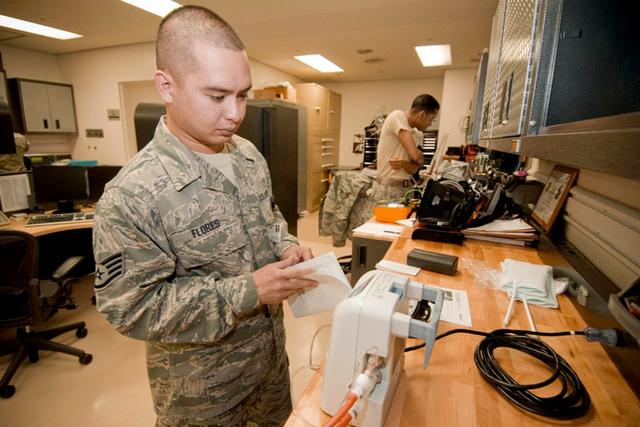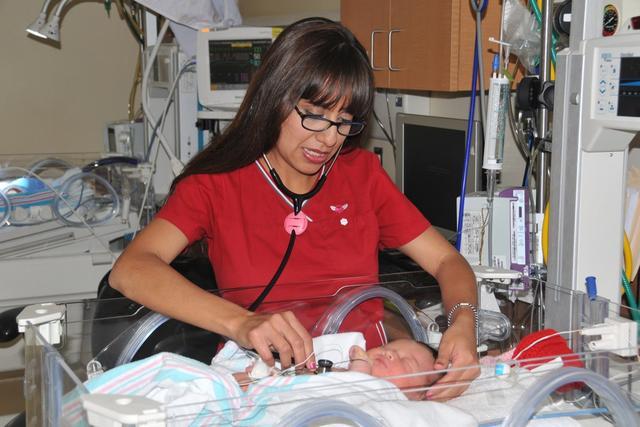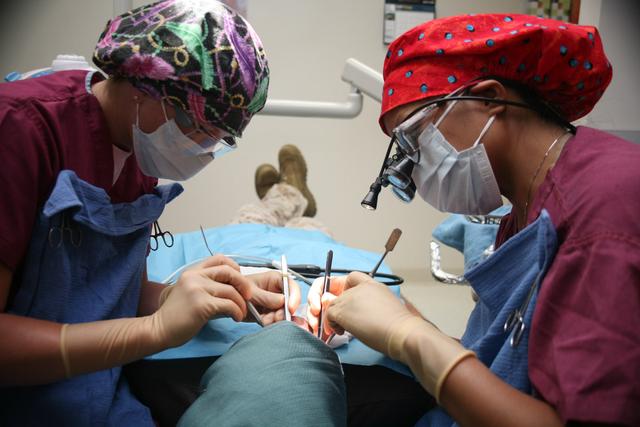Obstetricians/Gynecologists
Overview
Introduction
Obstetricians/gynecologists, often abbreviated to OB/GYNs, are physicians who are trained to provide medical and surgical care for disorders that affect the female reproductive system, to deliver babies, and to provide care for the unborn fetus and the newborn. In 2019, there were approximately 20,700 physicians in the United States who specialized in obstetrics/gynecology.
Quick Facts
Median Salary
Employment Prospects
Minimum Education Level
Experience
Skills
Personality Traits
Earnings
The Department of Labor reported that obstetricians/gynecologists earned an average salary of $233,610 in 2019, with the lowest 10 percent earning less than $82,380. According to Salary.com, in 2020 the top 10 percent of OB/GYNs earned more than $397,024.
Salaries for obstetricians/gynecologists vary according to the kind of practice (whether he or she works individually or as part of a ...
Work Environment
Obstetricians/gynecologists work long, irregular hours. They may be paged at any moment to rush to the hospital to deliver a baby or handle a medical emergency. On a typical day, an OB/GYN might have to travel from his or her office to the hospital several times. An OB/GYN might start the day by reviewing patient charts at the office and then head to the hospital to perform surgery and make rou...
Outlook
According to the Occupational Outlook Handbook, the employment of all physicians in almost all fields is expected to grow faster than the average for all occupations through 2028. The number of obstetricians/gynecologists, specifically, is projected to increase 2 percent through 2028, resulting in an additional 500 jobs.
Demand for OB/GYNs is due, in part, to health care reform,...































































































































